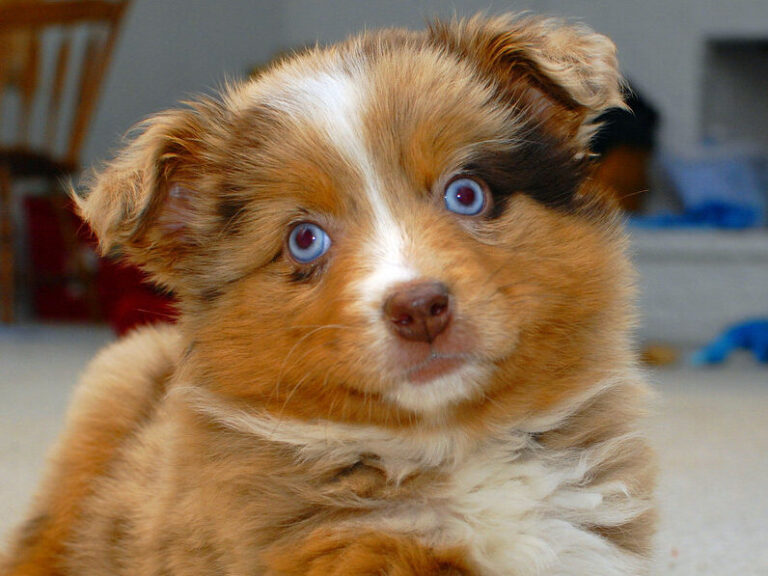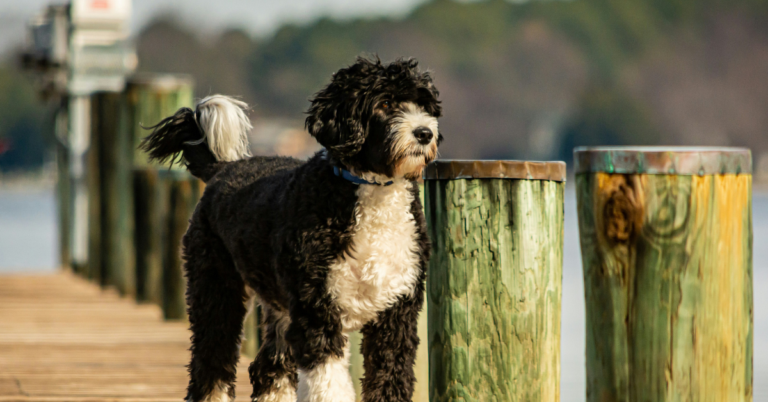15 Dog Breeds That Shouldn’t Be in Apartments
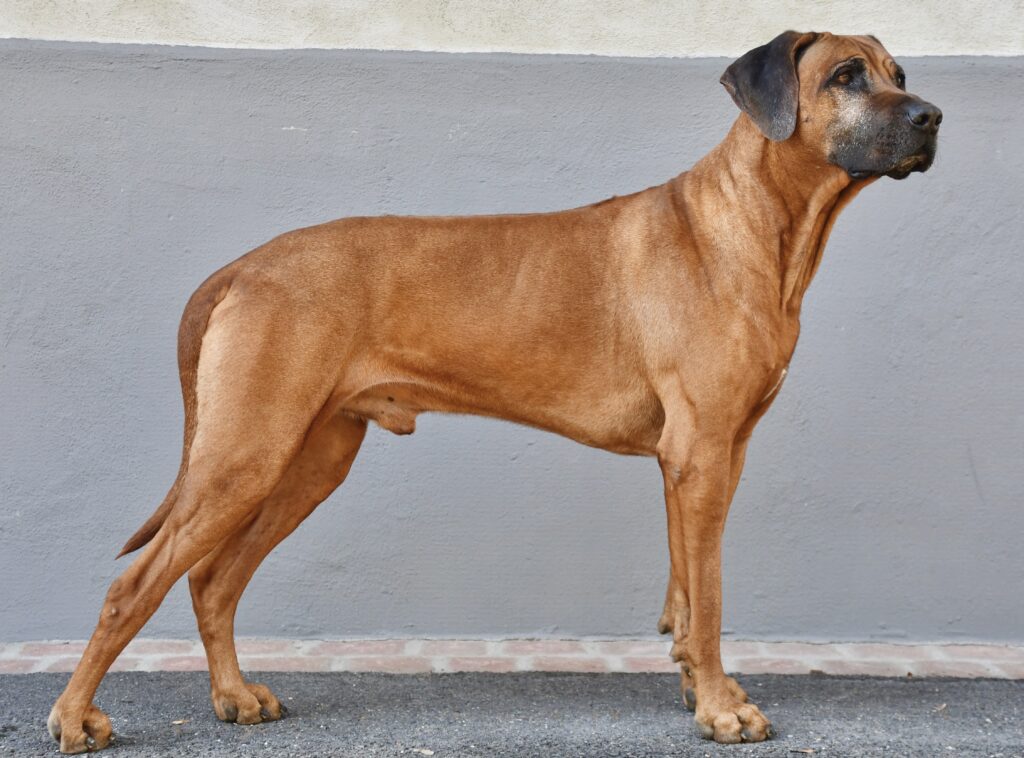
Living in an apartment with a dog sounds like a cozy dream… until your furry roommate starts redecorating your living room with its teeth or holding nightly concerts through thin walls. These 15 breeds, while amazing in their own right, often clash with apartment life in ways that leave owners (and neighbors) overwhelmed.
Border Collie
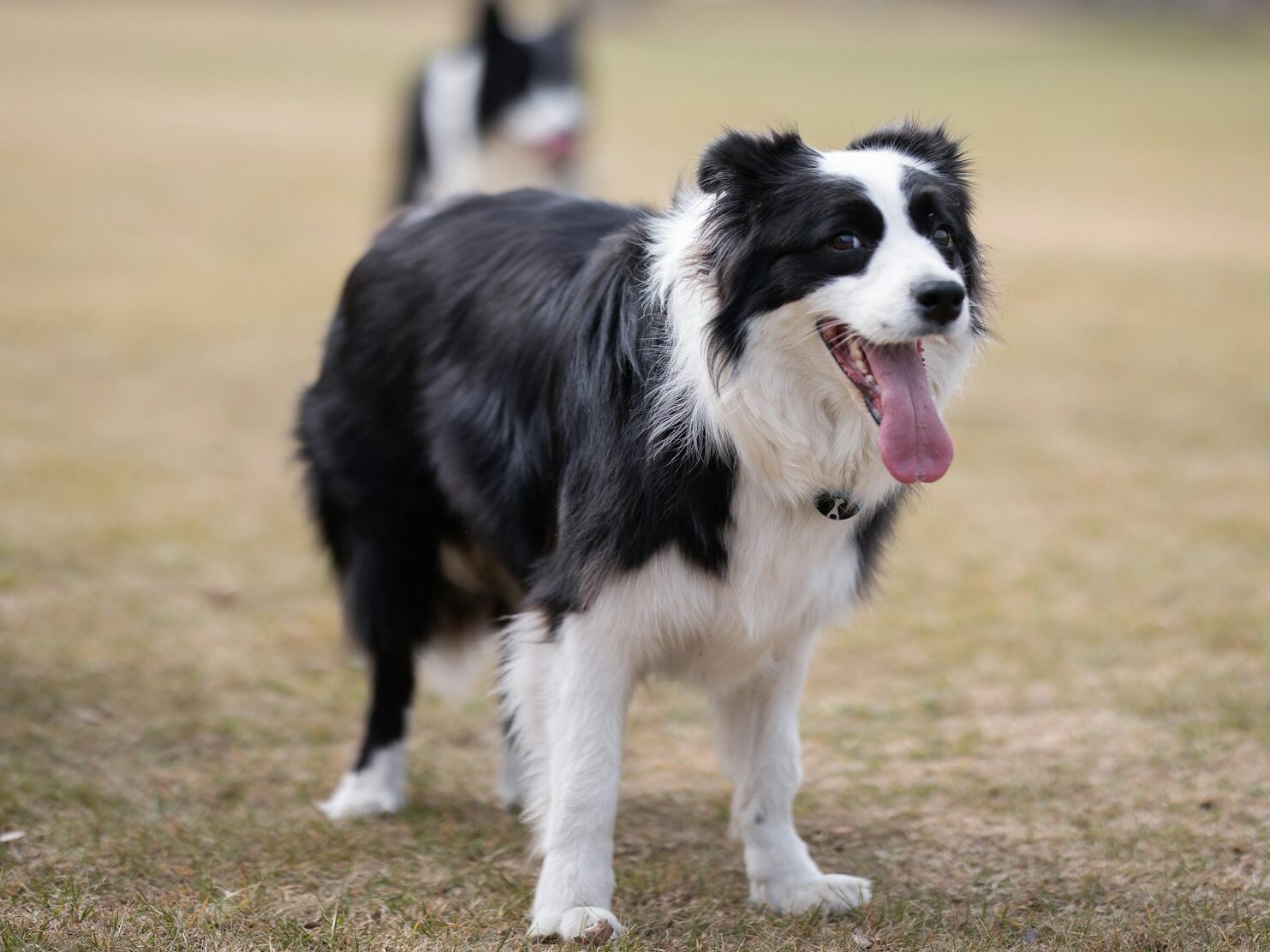
The Border Collie is one of the most intelligent breeds on the planet—but that brain comes with a cost. They were bred to herd sheep across wide fields all day long, not sit in a small apartment waiting for a walk. Without daily, structured mental and physical stimulation, they become anxious, obsessive, and destructive.
Siberian Husky

Huskies are beautiful, spirited, and incredibly vocal. They’re bred to pull sleds over long distances and have energy for days. Apartment life often can’t offer enough activity to keep them satisfied. Boredom quickly leads to howling (not barking—howling) that can turn a quiet building into a live wolf documentary.
Belgian Malinois

Often mistaken for a German Shepherd, the Malinois is like a Shepherd on turbo. These dogs are bred for military and police work—they need to do things constantly. In an apartment, even with regular walks, their minds and bodies won’t be fully engaged. They can quickly develop neurotic behaviors like spinning, pacing, or reactive barking.
German Shepherd
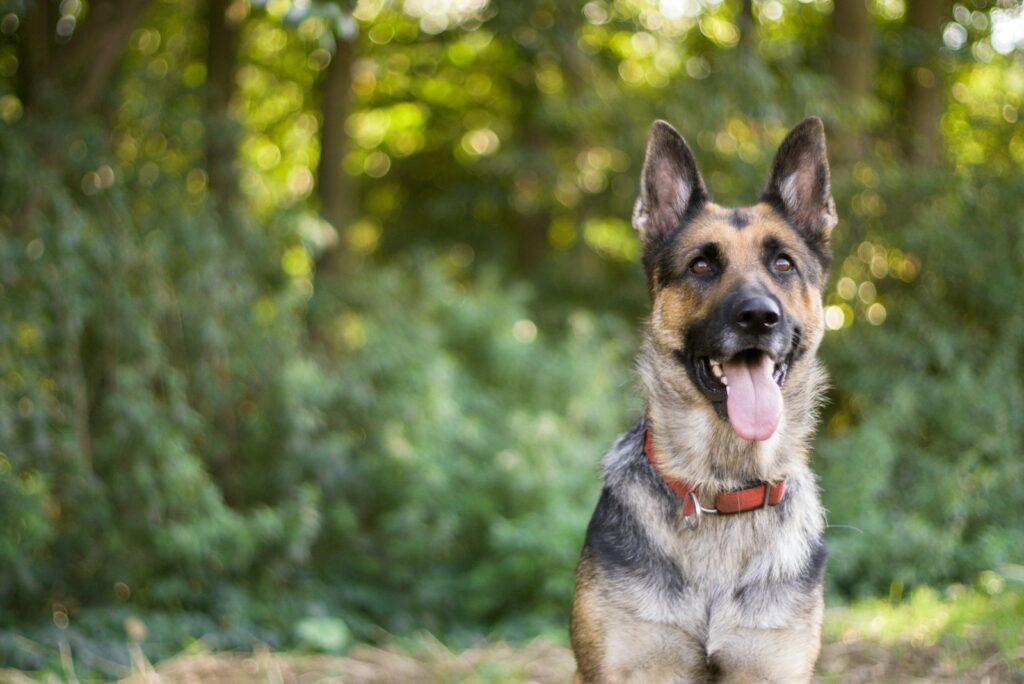
Loyal, smart, and versatile, yes—but also vocal, large, and highly alert. German Shepherds are quick to bark at any sound or movement outside your door, which doesn’t go well in shared spaces. They also require a job—training, tasks, problem-solving—to stay mentally stable. Without structure, they become anxious or aggressive.
Dalmatian
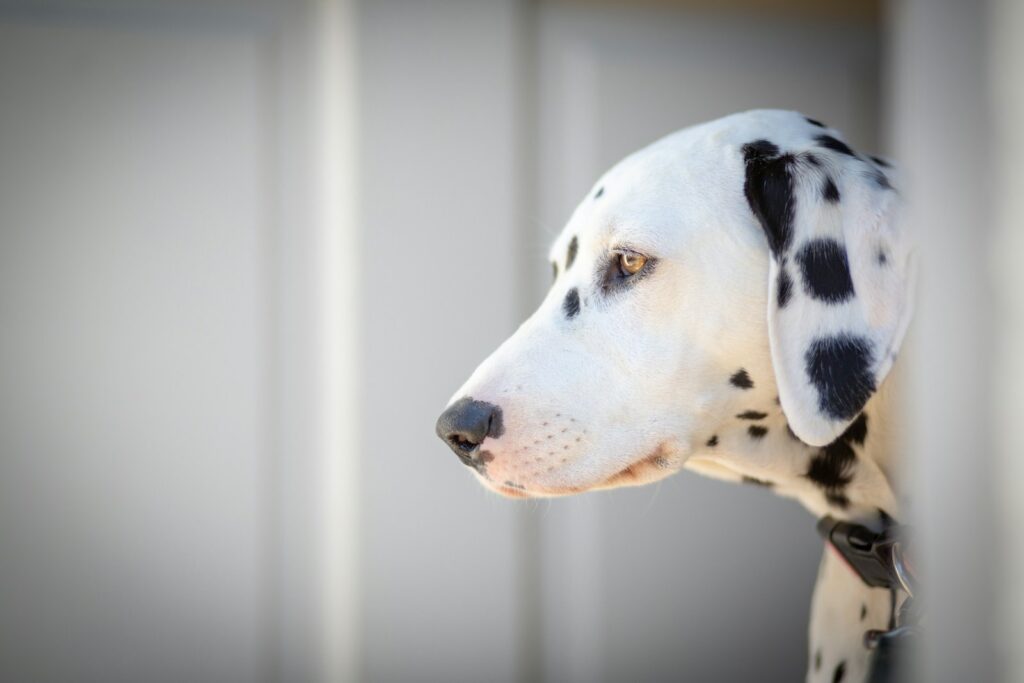
Dalmatians are sleek, high-energy dogs that were originally bred to run alongside carriages. Translation? They have stamina and intensity to spare. Apartment life can’t fulfill their need for action. Even with frequent walks, they often remain restless and hyperactive indoors. They’re also emotionally sensitive and can develop anxiety if left alone too often.
Weimaraner

Elegant and athletic, Weimaraners were bred for hunting in open fields—not pacing the same 3 meters of the hallway while you finish your coffee. These dogs need vigorous daily exercise and crave human attention. They are notoriously clingy and don’t do well when left alone for long stretches. In apartments, they’re prone to separation anxiety, which can result in excessive barking, destruction, and even self-injury.
Vizsla
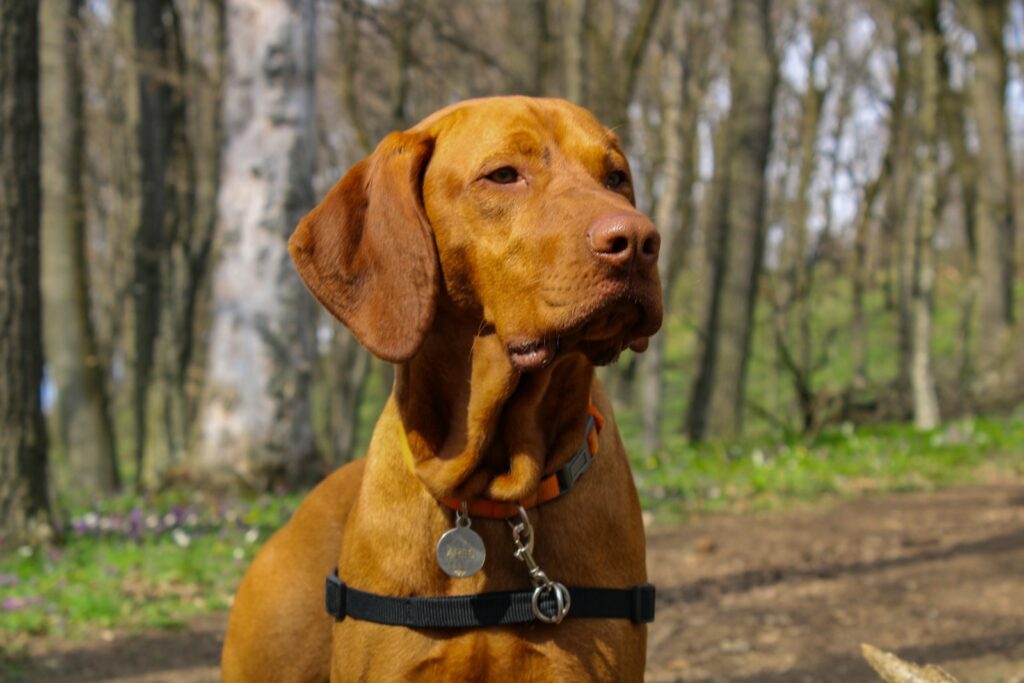
Affectionate, energetic, and incredibly attached to their humans, Vizslas are a breed that needs both space and constant companionship. They’re known for developing severe separation anxiety in small spaces, especially when left alone for extended periods. They’re not just energetic—they’re relentlessly active.
Australian Shepherd
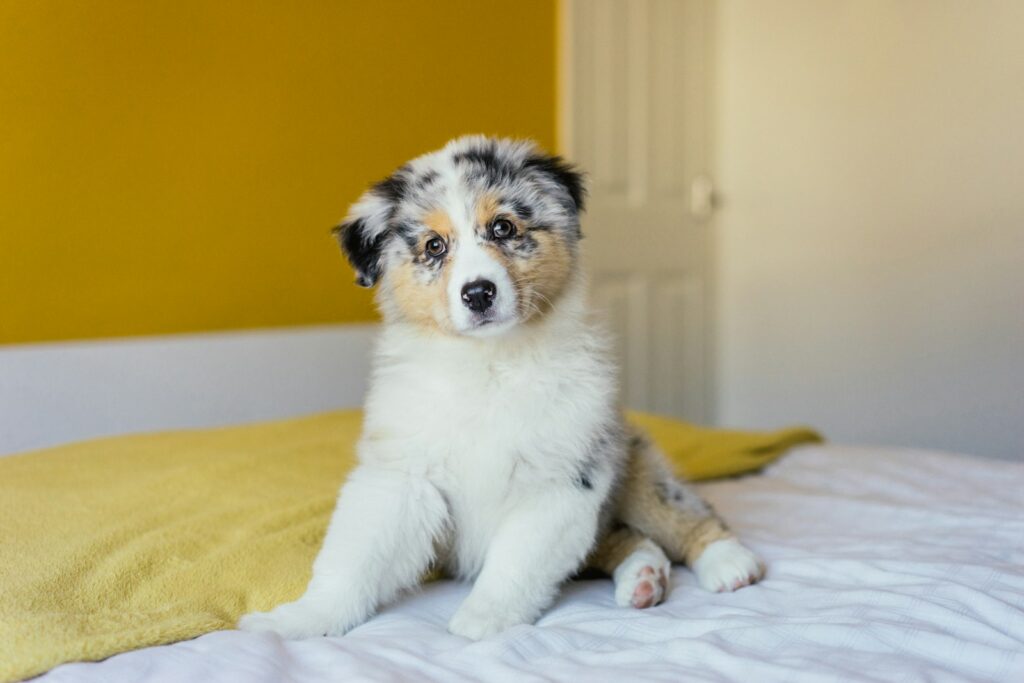
The Aussie is a herding dog with a razor-sharp brain and endless stamina. Apartment living stifles their instincts, leaving them bored and potentially neurotic. Without wide spaces and tasks to complete, they often resort to hyperactivity, constant barking, or even attempts to “herd” other pets and children.
Jack Russell Terrier
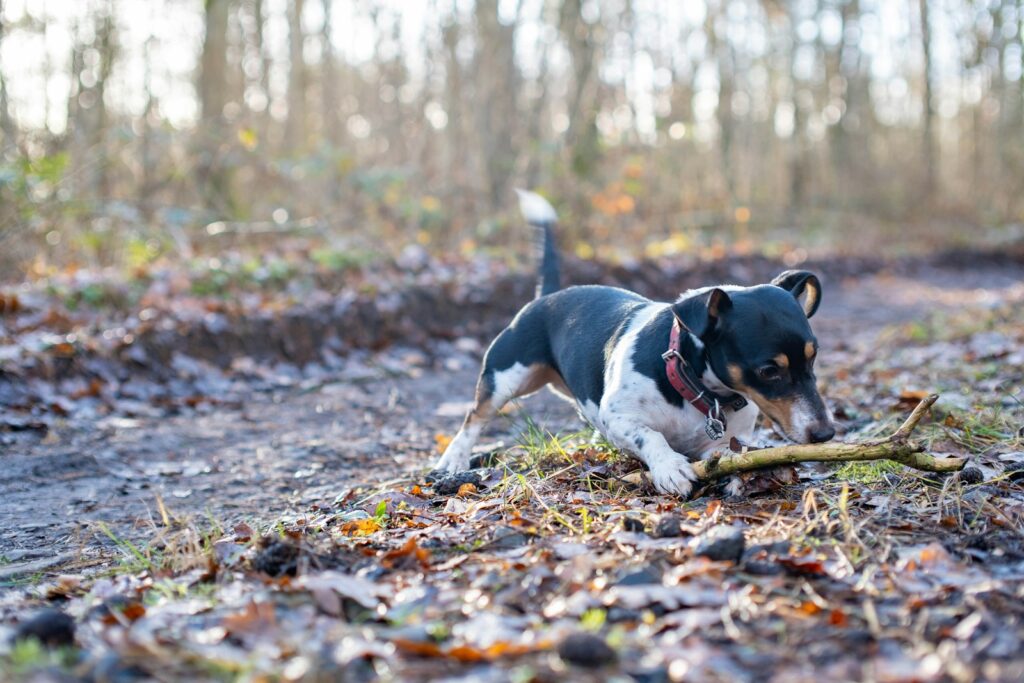
Don’t let the size fool you—Jack Russells are little firecrackers that need constant action. Originally bred for fox hunting, they have huge drive, sharp minds, and a bold attitude. In an apartment, their intensity doesn’t fade—it just becomes loud. They bark, they dig, they chew, and they need to run.
Beagle

Beagles are friendly and playful, but apartment living exposes some of their more difficult traits. Their loud baying and howling is part of their scent-hound nature—and not something you can easily “train out.” They’re also known as escape artists and can become destructive if they’re bored or smell something intriguing they can’t reach. Beagles need space to sniff and explore, not just walk a block around the building.
Akita

Akitas are large, proud, and extremely strong-willed. They’re not just big in size—they’re big in personality. Their aloofness with strangers and territorial instincts can make apartment hallway encounters tense, and their deep bark is sure to make an impression (whether you want it to or not). While generally calm indoors, they need regular outdoor time and mental stimulation.
Great Dane
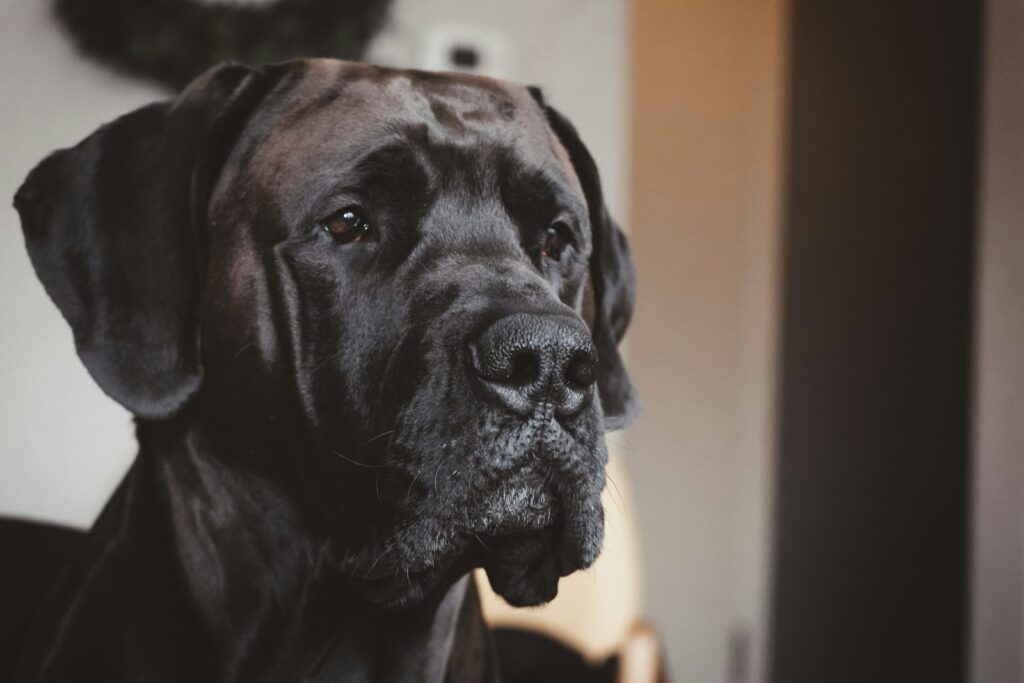
Yes, they’re often called “gentle giants,” but apartment living with a Great Dane is still a logistical challenge. Just turning around can send lamps flying, and fitting into narrow hallways or elevators is like parallel parking a minivan. They need space to stretch those long legs, and while they’re not hyper, they still require exercise.
English Foxhound

Bred for stamina and the thrill of the chase, English Foxhounds are pack animals built to run for hours across open countryside. That instinct doesn’t disappear in urban settings—it just turns into constant pacing, restlessness, and frustration. These dogs don’t do well with limited leash walks or short bursts of activity. In an apartment, they’re likely to vocalize frequently, especially when they hear unfamiliar noises.
Rhodesian Ridgeback

Originally developed to hunt lions in Africa, Rhodesian Ridgebacks are strong, confident, and extremely independent. They thrive in environments where they have both space and a clear purpose. Apartments offer neither. Their powerful prey drive means they’re easily distracted on walks, and their stoic nature can make training challenging in confined environments.
Alaskan Malamute
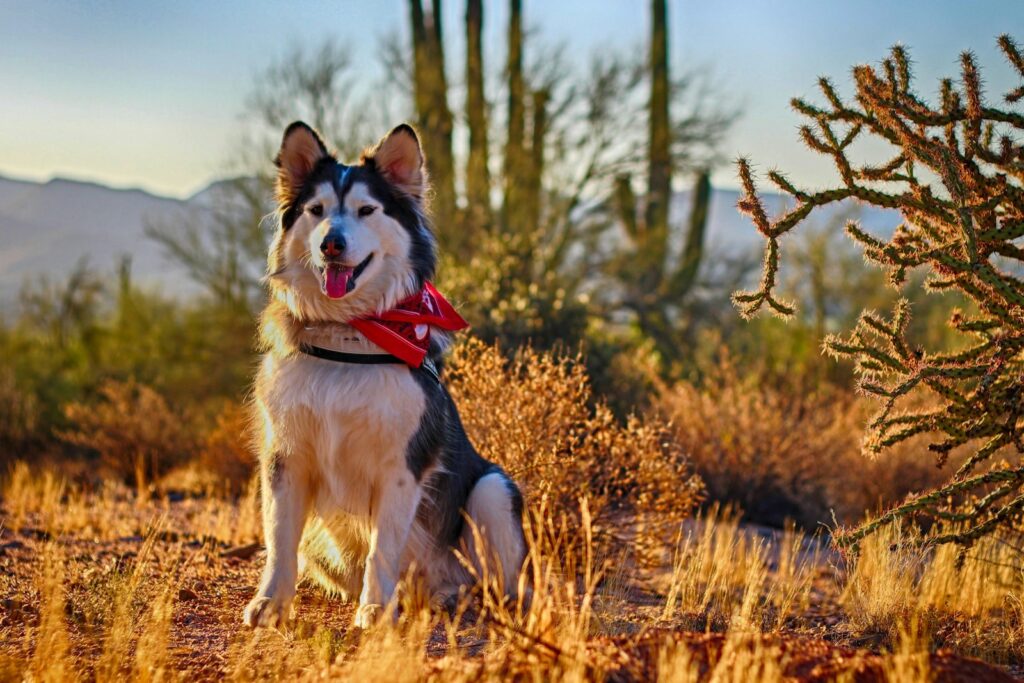
Similar to the Siberian Husky but even larger and stronger, the Alaskan Malamute is a working dog that requires serious exercise and freedom. These dogs aren’t just active—they’re intense. They can become destructive, howl loudly, and are notorious for their digging tendencies. Their thick coat also makes warm apartments uncomfortable, especially in summer.
